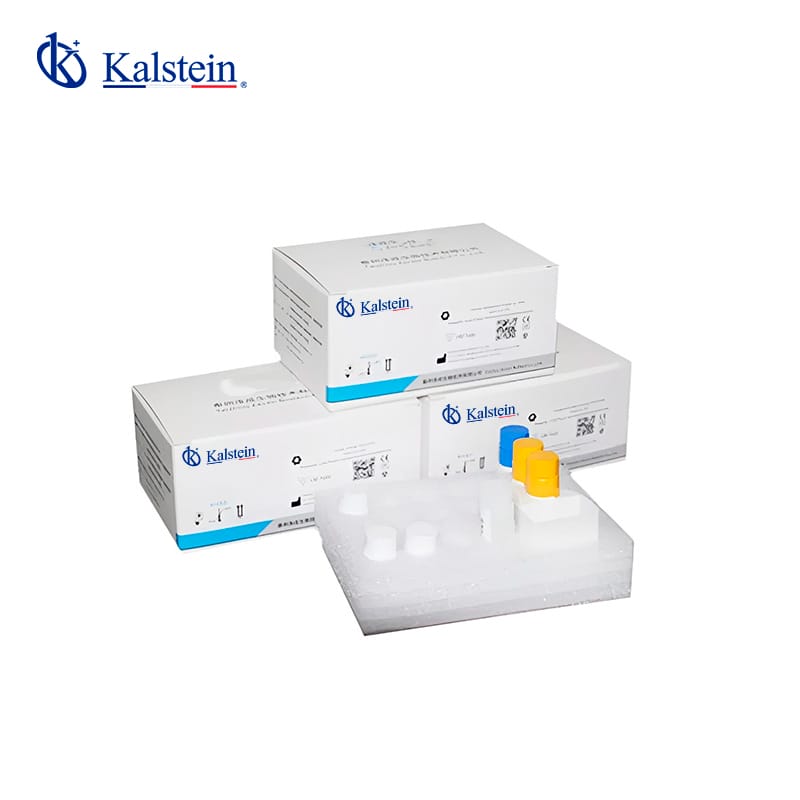Product Description
Bone metabolism testing is crucial for diagnosing and monitoring various bone-related conditions. The Bone Metabolism Test Models YRA392, YRA393, and YRA394 represent a state-of-the-art solution for accurate and reliable assessment of bone health. These models utilize Chemiluminescent Immunoassay (CLIA) technology, offering precise measurements of key bone metabolism indicators.
The YRA392 model specifically tests for intact parathyroid hormone (iPTH), which plays a significant role in calcium homeostasis. On the other hand, the YRA393 focuses on measuring 25-Hydroxy Vitamin D (25-OH-Vit-D), a vital marker for determining vitamin D status in the body. Lastly, the YRA394 targets Bone Gla Protein (BGP) or osteocalcin, an indicator of bone formation. Each of these parameters provides essential data, enhancing clinicians’ ability to diagnose and treat bone health-related issues.
| Model | YRA392 | YRA393 | YRA394 |
| Tested Parameter | iPTH | 25-OH-Vit-D | BGP |
| Analysis Mode | CLIA | ||
| Package Specification | 50T/BOX, | ||
| Platform | 100T/BOX, 24T/BOX, 48T/BOX AP (Alkaline Phosphatase) | ||
| Storage | 2-8°C | ||
| Calibration | 2/6 Points | ||
| Certification | CE, ISO13485, FSC | ||
Market Price
The Bone Metabolism Test Models YRA392, YRA393, and YRA394 are competitively priced within the medical diagnostic equipment market. Prices typically range based on the model and supplier, with an average cost starting at approximately $500 per unit. These prices can vary depending on the order volume and any special contractual agreements. For exact pricing, potential buyers are encouraged to contact the supplier directly or explore platforms like Kalstein Plus for automatic quotations.
Frequently Asked Questions
What is the importance of measuring iPTH, 25-OH-Vit-D, and BGP?
Each of these parameters plays a crucial role in assessing bone health. iPTH is vital for calcium regulation, 25-OH-Vit-D levels reflect vitamin D sufficiency, and BGP offers insights into bone formation activity.
Can these tests be performed in any laboratory setting?
Yes, these tests are designed for flexibility and can be utilized in most clinical laboratory settings equipped with immunoassay platforms.
Are these models certified for quality and safety?
Absolutely, all models carry CE, ISO13485, and FSC certifications, ensuring they meet international quality and safety standards.
Advantages and Disadvantages
Advantages: The primary advantages of the YRA392, YRA393, and YRA394 models include their high accuracy, ease of use, and broad applicability in clinical diagnostics. The CLIA technology offers rapid and reliable results, making these models valuable assets in any medical laboratory.
Disadvantages: The need for specific storage conditions (2-8°C) and the calibration process may pose a challenge to some facilities lacking adequate infrastructure. Additionally, the limited information on real-time pricing could initially hinder budget planning for some buyers.
Product Use in the Field
In practical use, these test kits are employed by laboratories and healthcare providers to conduct comprehensive bone metabolism panels. Through the precise measurement of crucial metabolites, clinicians can diagnose conditions such as osteoporosis or hyperparathyroidism, allowing for better patient management through personalized treatment plans. The models’ versatility in measuring multiple parameters ensures a comprehensive understanding of a patient’s bone health status.
The implementation process involves integrating the kits with existing laboratory systems and conducting tests according to established medical guidelines. The efficiency and speed of these tests enable healthcare providers to offer quicker diagnostics and more accurate treatment options for their patients.
Recommendations
To maximize the benefits of the YRA392, YRA393, and YRA394 models, it is advisable to ensure proper storage and handling to maintain reagent integrity. Regular calibration according to the specified criteria is essential to guarantee accurate results. Moreover, integrating these models with digital platforms for data analysis could enhance diagnostic capabilities and ensure seamless data management.
Clinicians are encouraged to stay updated on the latest advancements in bone metabolism diagnostics to fully leverage the potential these models offer. Additionally, healthcare facilities should ensure that their staff receives adequate training in handling and interpreting test results to ensure optimal utilization of these advanced diagnostic tools.
If you are seeking a fusion of innovation and quality, you have come to the right place. At Kalstein, we offer you the luxury of exploring our exclusive catalog of laboratory equipment. We manufacture each piece of equipment with a level of excellence. Our intuitive and agile online purchase channels are designed for your convenience, ensuring the friendliest prices. Don’t hesitate any longer, we bring science to life, it’s time to become part of our community. https://kalstein.net/en/product/bone-metabolism-test-yra392-yra394/.


